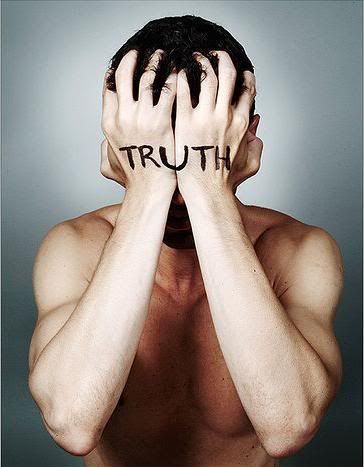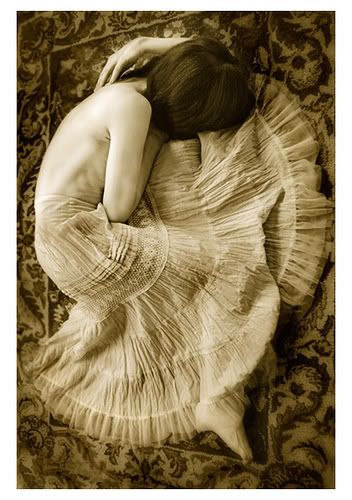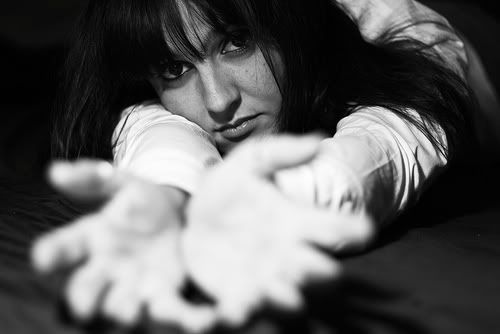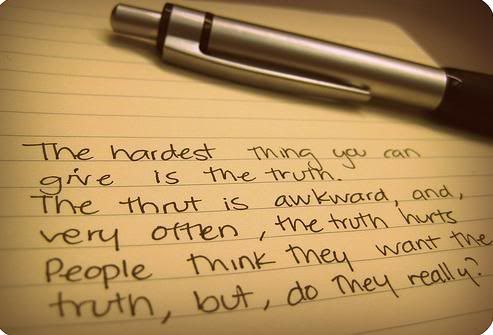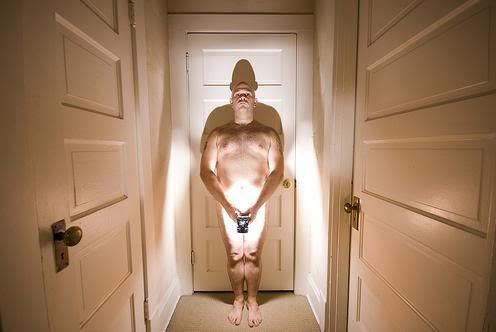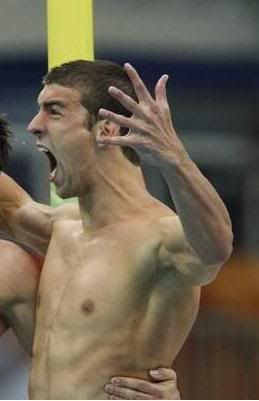Sunday, October 19, 2008
"Directors and Designers" notes
-Adolphe Appia said creation is by one personal vision.
-Robert Jones found excitement in only baseball parks, arenas, stadiums, and race courses. -Designers and Directors began to work together to become a single creator of text and vision.
-Collaboration is never easy, yet directors claim there's no trouble.
-If designers voiced what they think of the collaboration, it will end.
-Senior designers speak out because of their respected reputation and help voice the feared designers.
-Designers is like a wife to directors; supportive, friend, partner and would be passed over when others come along.
-Prowse, Giles, Robert all worked together to successfully produce plays they were all passionate about. They educated self and audience and show each of their own visions on stage. -Prowse is unique because He don't design like others, he work with a group of interpreters who understands him and presents it.
-Alfred created his own light and projection technique that had dark voids on stage. -Jones said the most exciting thing is to place actor, playwrights, directors on an empty stage with nothing and make a play right there.
-Theatrical became an expression and individualistic dressing and decoration and the concept of stage decor was born.
-Actors, writers, directors, managers, stage managers all have specific and important roles in a play. -Designers can't do what they want or hire directors whom they wish to work with. -Designers work as a servant to directors and understands producers creative mind to express it without long discusion rather than create their own designs -Building Hierarchy: producers are upstairs, artisans in basement, directors in center. -Designer is like a bag person who carries bits of models, portfolios, fabric samples, books, and art materials. -Master servant relationship need to end.
-Ariare and Guy-Claude work together to alter the old cartoucherie in Paris. Every audience that comes in find a different redesign that suits the production. -Went on a search to find whats the best relationship to create between performer and audience. -Some directors take charge of all aspect of the production, very few of them are women.
-People take up different roles to fulfill the parts. -Designers are not decorator no more, but has to be the architect of imagination. -Directors must work with movement director and writer are visual directors. -Scenographer must work with sound artist, light artist, object makers, textile artist, costume maker, etc. -Money is spent more on talent workers rather than un-reusable items and props. -Theater Makers want to "bring people together who want inspiration to think more imaginatively...to understand past..clearer vision of the future".
"The World on Stage" notes
If we approach theater semiotically, then we must agree that all on stage is a sign, and anything put there becomes a sign.
Thought: This must mean that every action of the designer is deliberate, leaving nothing to chance.However, if we approach theater phenomenological, then signs have a lifecycle with which they have the most vitality.The reading says that this must be obvious enough, but I wonder to who?
Theater is really a language whose words consist to an unusual degree of things that are what they seem to be.-Deliberation seems to be the root of theater. Everything has meaning on the stage.A well known definition of art by Victor Shklovsky: Art exists that one may recover the sensation of life, it exists to make on feel things, to make the stone stony.-This type of art leans in the phenomenological realmIn this sense, art has a simple reduction: If art is a way of endowing the world with meaning then it is also a way of allowing the world to express itself.
A possible basis for a distinction between image and sign is in this: Unlike the sign, the image is unique and unable to be reproduced -Very philosophy-like The inclination of the sign is to be read very easily. An image is more complex.Example is given of Macbeth.-Macbeth is the image of a hypothetical man. The image of the man is completely different than the signs he accompanies.That is why people see Macbeth as a real person, because when reading, we give more meaning to him. He is constructed of imagesThere are many examples of things that illustrate stage images. A working clock. Child actor. Fire or running water.
This all seems very philosophical. I would like to learn more, but it seems very subjective. I wonder if there are other authors who feel much differently about semiotic and phenomenological images. I believe I know what he is saying but at the same time, I feel that he could be saying anything and I would believe him.
A dog acts as itself on stage, natural acts of dog add to the illusion on stage; putting dog in intentional space neutralizes its objectivity-ex. Moliere playing Moliere, in theater there is no difference between image and object on stage-ex. dog on stage- might see dog as image and/or as dog itself-
theater brings us into phenomenal contact with what exists, or with what it is possible to do, theatrically, with what exists-theater brings images to life-Nelson Goodman in Ways Of Worldmaking- states something may be art at one time, and not art at another time (ex. rock on driveway vs. rock in a museum)art is a certain perspective on substance-
theater is an infinitely tolerant institution-early 19th century French theater- painted chairs and tables on drops, no actual furniture, Baron Taylor and Montigny contibuted to making sets more like actual world- props imported from the realm of the real-emergence of furniture on stage created shock by altering the tradition of theatre-things are interesting because they are new, then because they fit into an order, and finally they disappear into the order as an invisible building block out of which new images are created-realistic theater’s most important property is the chair-
In Bergson’s Laughter, it is explained that the hero of tragedies never sits down- the chair made conversation possible, talk that lead to tension and crisis-Rooms must eventually justify their presence: they must inhabit the people who inhabit them; art itself is nature
Paragraph of Opinion…The article’s clear differentiation of reality and illusion helped reinforce the argument regarding the presence of both the chair and the dog. With the example of the dog, the stage was described as an illusionist itself, having the power to transform real objects into images. This was a good thing to incorporate with the idea that viewers could see either a real dog, the image of the dog, or both. It emphasized that the things done on a stage can be perceived different ways, which was an accurate point. The piece about the chair was important, as it is was a strong thing to include in the explanation of the progression of theater.
"A Poet's Creed" Notes
>A person with an unsteady/faltering creed/belief and finds it useful.
>Suggest there be more creeds; possibly because he is unsteady himself and wants his own specific belief rather than jumping around.
> It's easier to read great things because of what that author is capable of writing. When it's your turn to write it's hard to achieve greatness because they are not advanced or not capable of that yet.
> One does not need to understand something completely to feel something and somehow understand by the feel.
> Hearing poems helped the speaker understand that words and language isn't just a way of speaking, but a passion and music.
> So many days and moments, but the important moment is when you realize who you are and figure out things about you that you never knew before.
> Experiencing one single moment can affect you for a lifetime rather than being shaped by your lifetime of experiences.
> Arabian Nights is vast and free, yet limited in patterns.
> Success to great book, you need to please the imagination.
> Believes that stories can become reality.
> Walt Whitman inspired speaker to be happy.
> Men are not intellectual but just loyal, brave.
> Metaphor=essential element of literature. *
· Don't look at words like they're always metaphors.
· Certain poems target certain audience, like boys and not men.
· Metaphor isn't just "moon is like..."
· One may believe character but not story and vice versa.
· Free verse seems easier, but far harder than classic forms.
· Committing yourself to a line/rhyme makes things easier.
· You should be aware of how your readers interpret your writing.
· Don't need to strive to be something (modern) you already are.
· We are modern no matter what because we live in the present. Nobody knows what it's like to live in the past or future.
· Being a writer is simply being true to your imaginations.
· Believes in what he writes, like a dream or idea.
· A thing of beauty is a joy forever.
· Circumstances should be told not exactly as it happened, change it up a little (possibly for entertainment).
· Don't think of self or reader. Think of how to write down what you're trying to convey.
· If you used a word, have experience to what word stands for.
· Padding=essential
· Don't use intelligence too much when writing, don't need to always understand it.
· Ignore yourself and forget about your experiences when writing.
10:17 PM
 Profile
Blog
Tagboard
Links
Profile
Blog
Tagboard
Links
